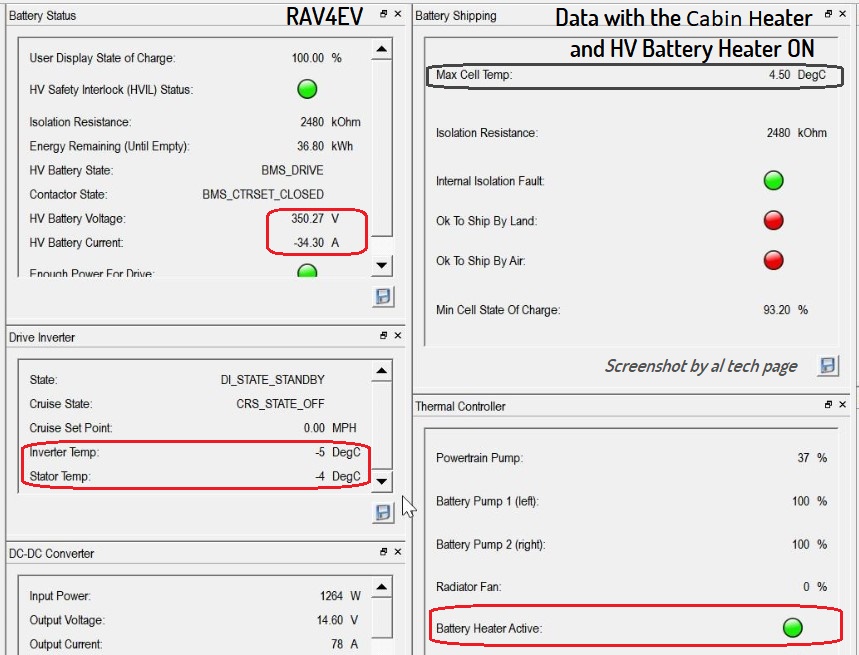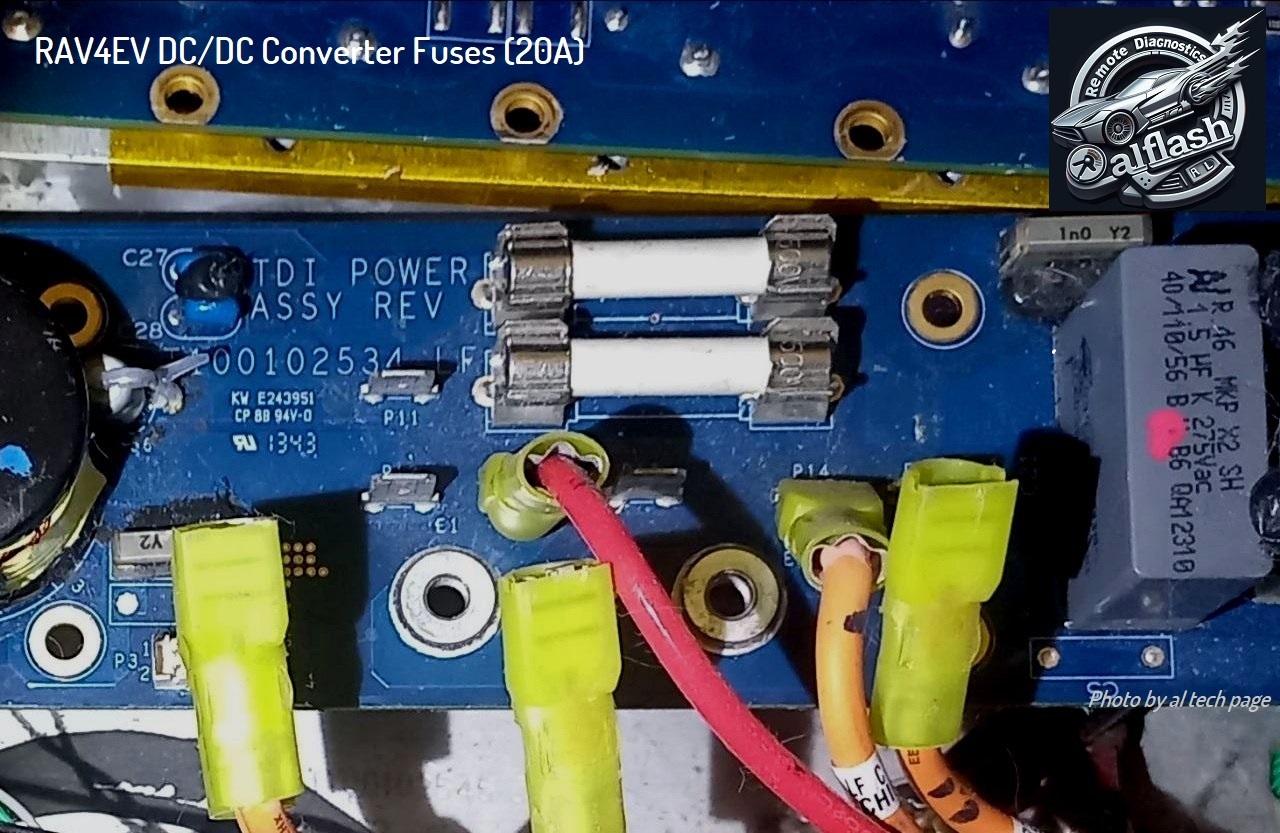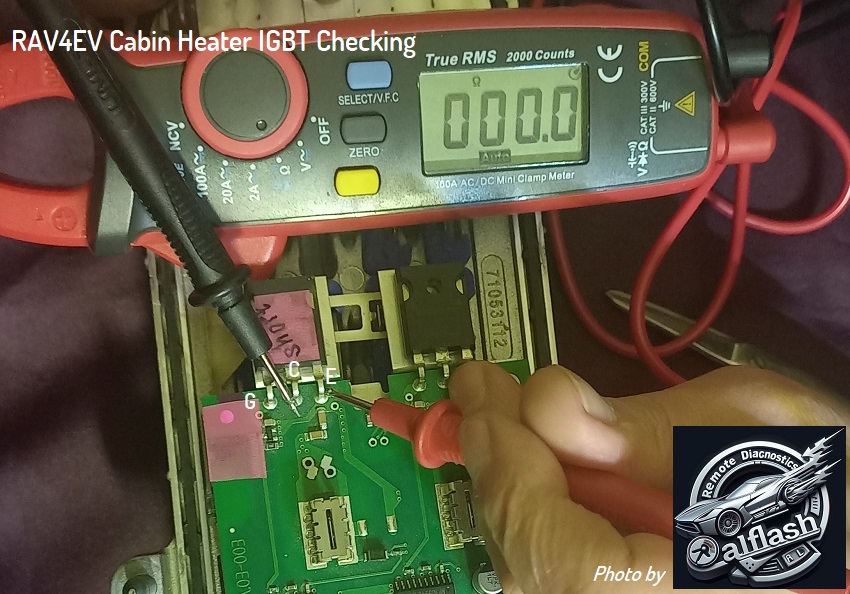I have been looking at this option as well. to take your existing wiring harness and use on the Leaf looks pretty easy based on Tony Williams video showing the heater opened up - just a couple wires inside that harness. unless I am missing something.Can anybody contribute DIY information on replacing the heater with the later/more reliable Denso unit? The fuse replacement is documented, but are people using the early Leaf heaters as a replacement for the one used in the RAV4 EV?
The Toyota version has an integrated HV harness:
View attachment 13
View attachment 14
The early Leaf unit has a connector on the unit instead:
View attachment 15
I can see buying a Leaf unit and a bit of a Leaf's heater harness, then splicing the Leaf harness to the RAV4 EV's heater's harness . . .
View attachment 16
. . . which is straighforward enough, but is there a better solution?
The only issue I have on these leaf heaters is they are as old as the rav heaters or older. I cant find teh newer denso heaters at amy price that would be a benefit over the stock rav unit.
I have been looking thru the posts about dealing withe coolant when replacing the heater. If anyone can point me somewhere or explain what do - that would be very helpful

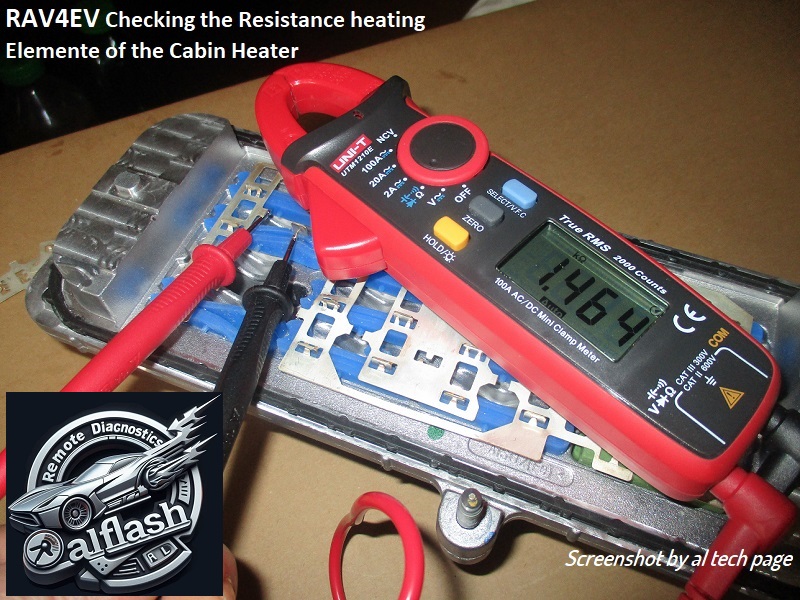
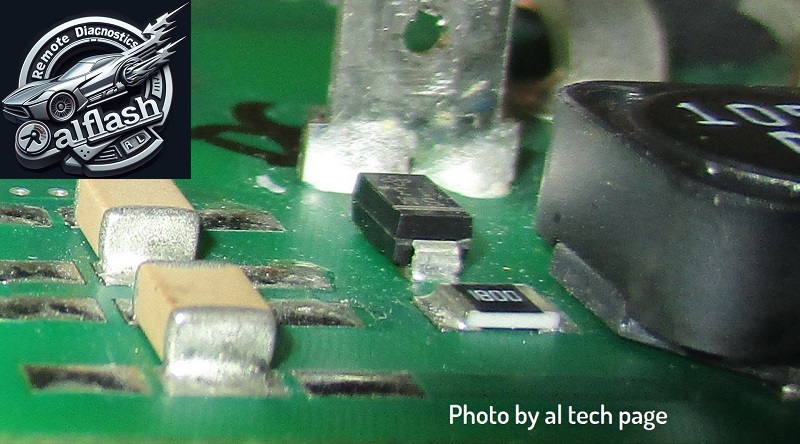
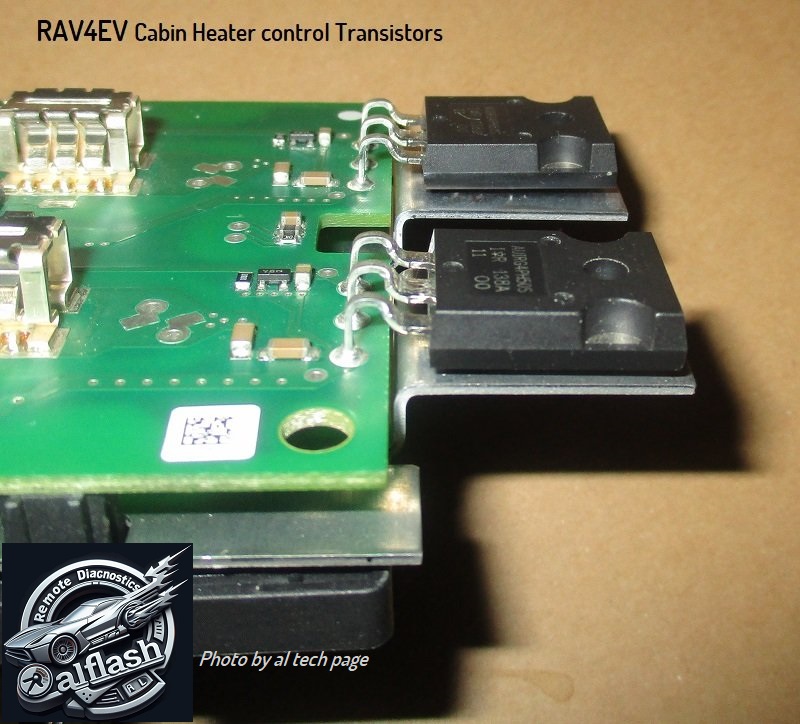


![IMG_0135[1].jpg IMG_0135[1].jpg](https://cdn.imagearchive.com/myrav4ev/data/attachments/0/60-8cd9d75561536b51dc6621cb6fffbf25.jpg)







